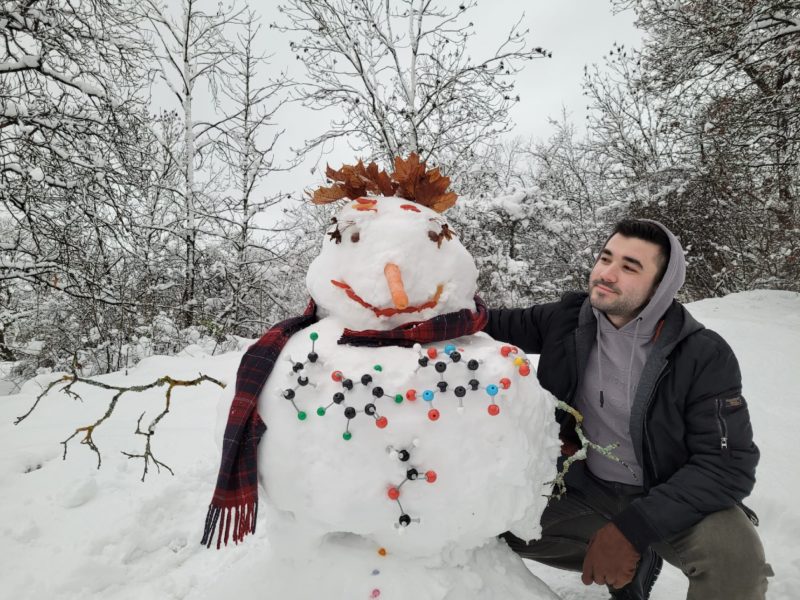
The mysterious world of General and Organic Chemistry
Hi guys!
Today, would you like to explore one of the program’s most strenuous yet entrancing courses? Well, let’s talk about “General and Organic Chemistry”!
A. What did I enjoy most about this course?
1. Laboratory practicals
I was literally obsessed with the experiments we had to perform. This course involved 5 main organic-chemical laboratory works whose purpose was to familiarize ourselves with the most common lab techniques and analysis methods and assimilate the theory by effectively putting it into practice. A typical lab day lasts from 9 am to 4 pm, without any break whatsoever, so be well-prepared to complete the experiment and fulfill your tasks fully (food and sleep will definitely constitute some main ingredients to boost your energy). In this regard, improving your time management skills could be an auspicious weapon that you will probably use in your future research activity.

Anyway, you have no idea how much fun you can have in the labs!
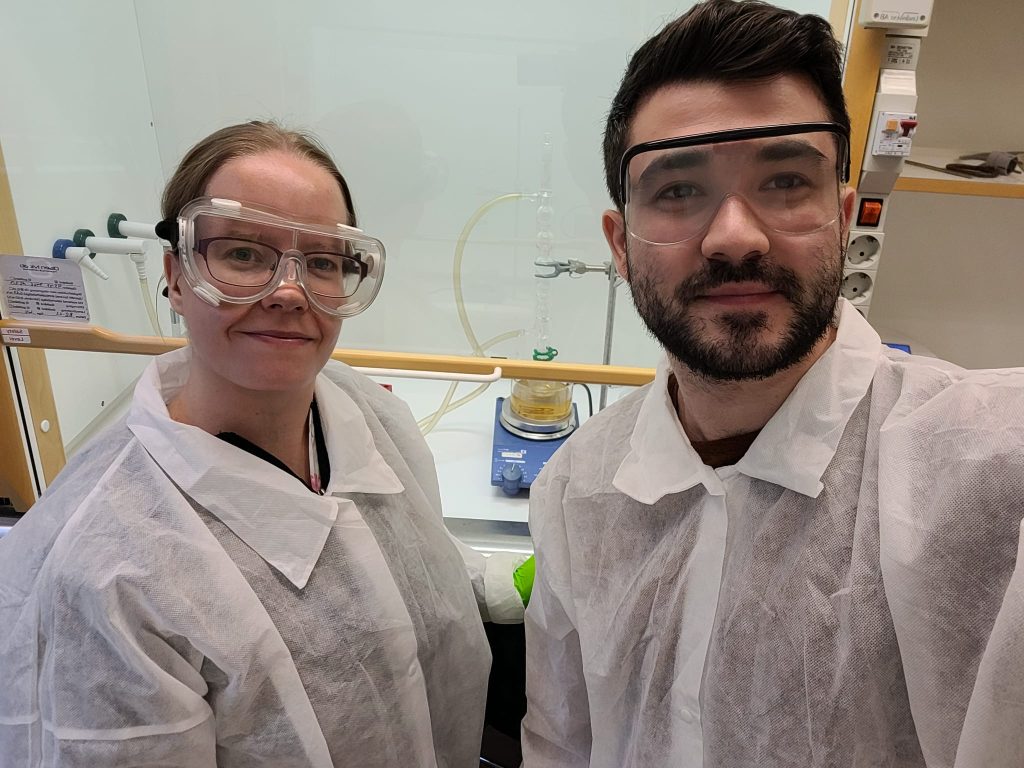
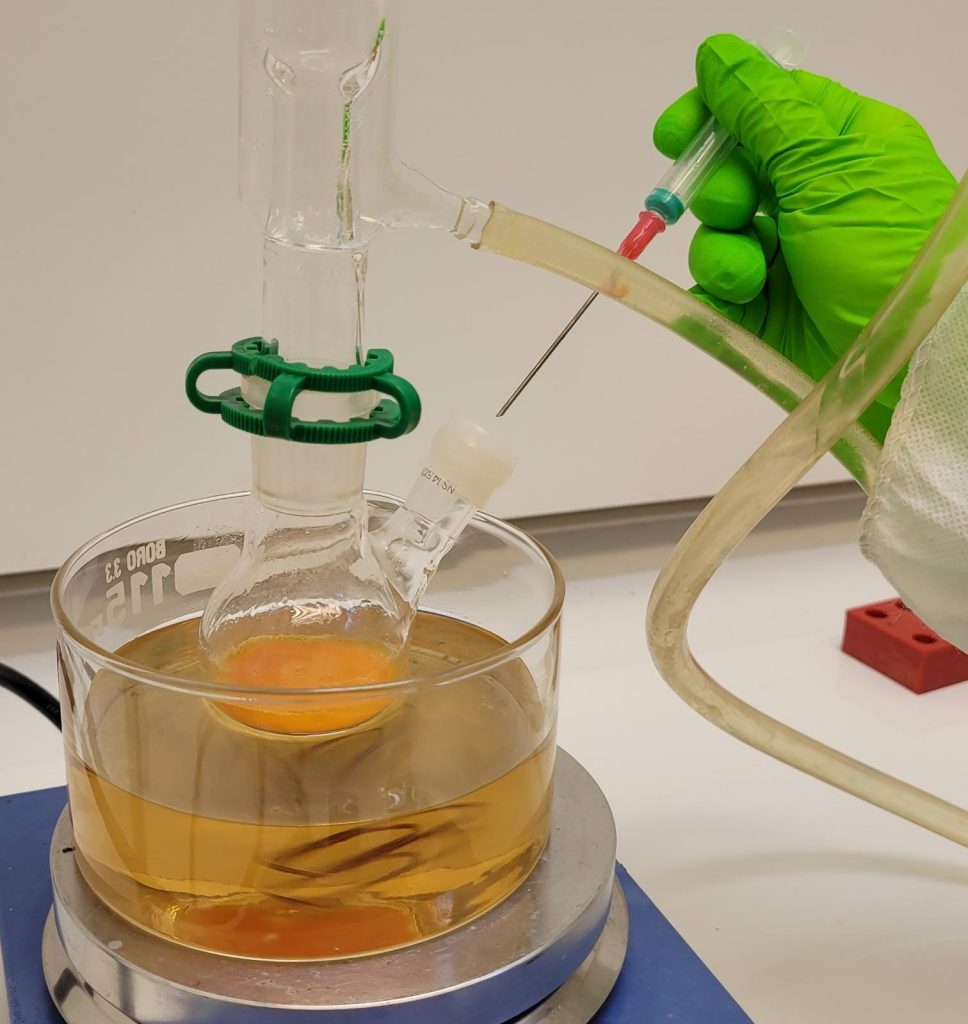
2. Study time
Even though sometimes the workload can be pretty overwhelming, Stockholm is a fairy tale city that offers plenty of opportunities to make you fall in love with studying! Hence, how about learning esters, amines, aldehydes, and ketones while building a snowman? Sounds absolutely supercalifragilisticexpialidocious, right?
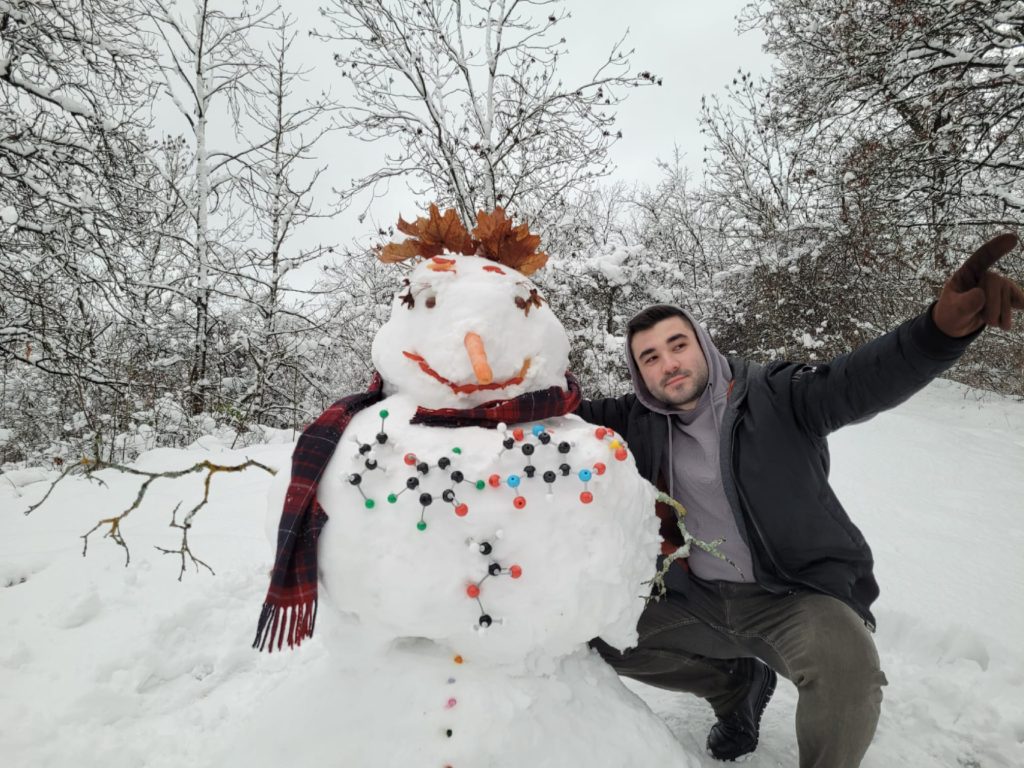
And this is incredible, considering that only a few weeks ago I was enjoying the warm sun bathing the indescribable disquieting vegetation as I tried to immerse myself in the complexity of hybridized atomic orbitals.
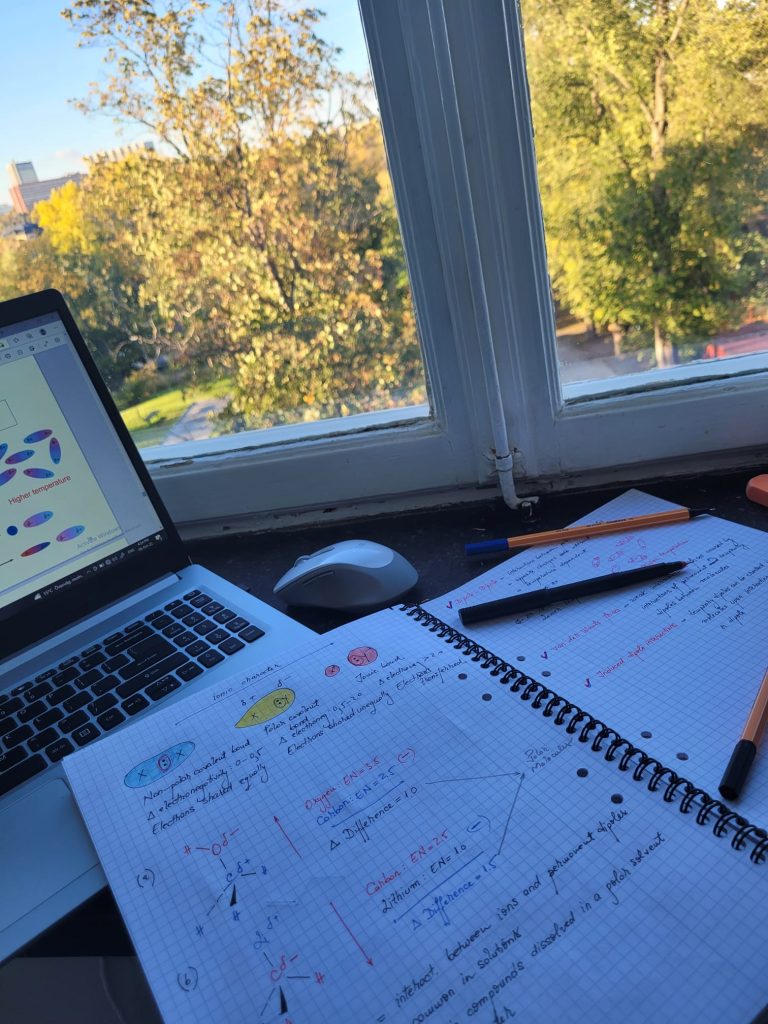
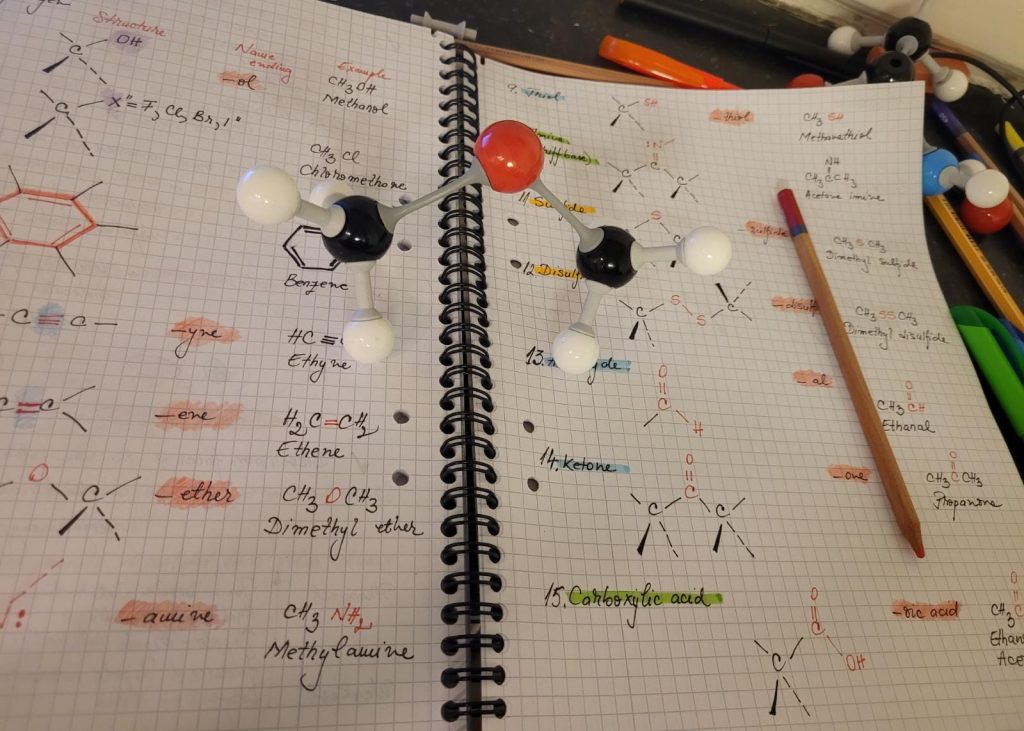
3. Chemistry is an oasis of inspiration
Because I read all your lovely messages in which I saw your interest in my sketches, I would like to show you more visual tricks that I use in order to learn.
That being so, I will present to you the way in which I gained a deeper understanding of how an alkoxide ion is formed from the reaction between a base and an alcohol. So, let’s assume that the alcohol is represented by a xenomorph alien, while the base (H2O) is associated with a dragon, each hydrogen atom bonded to oxygen being illustrated by a single wing. The alcohol behaves as a weak acid and will have to be deprotonated by the base, leading to the formation of the alkoxide ion (conjugate base) and the hydronium ion. Consequently, while the scorpion alien depicts the alkoxide ion which is a better nucleophile than the alcohol, the three-winged dragon is the embodiment of the hydronium ion.
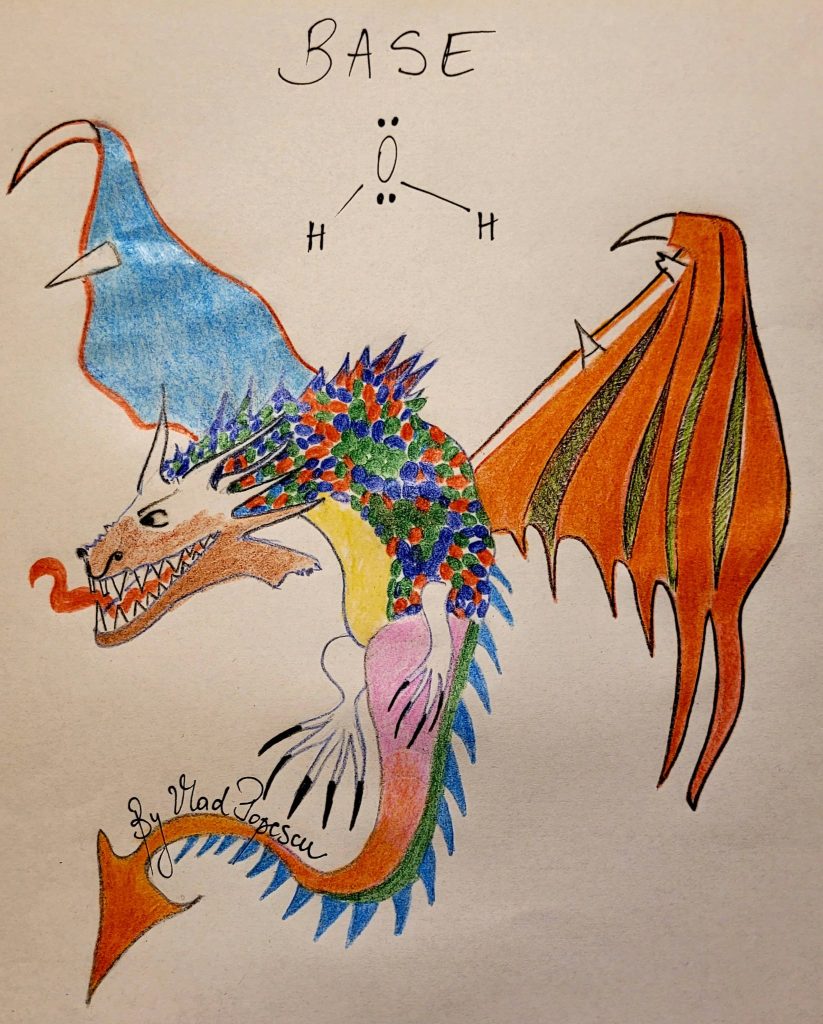
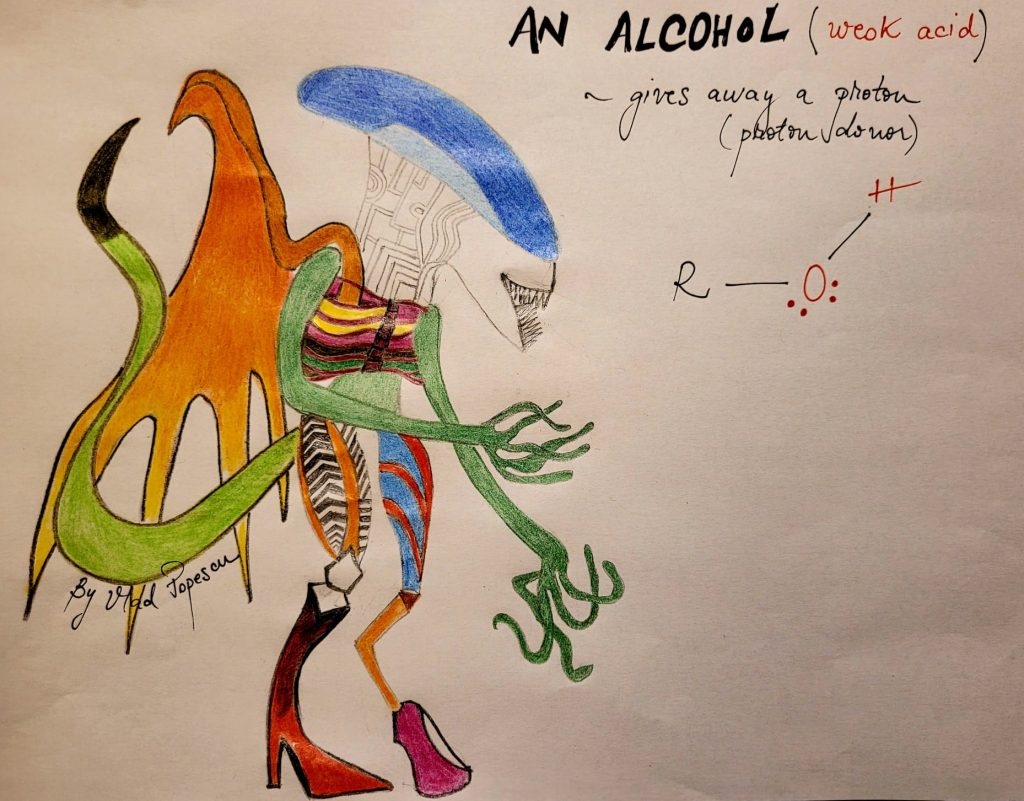
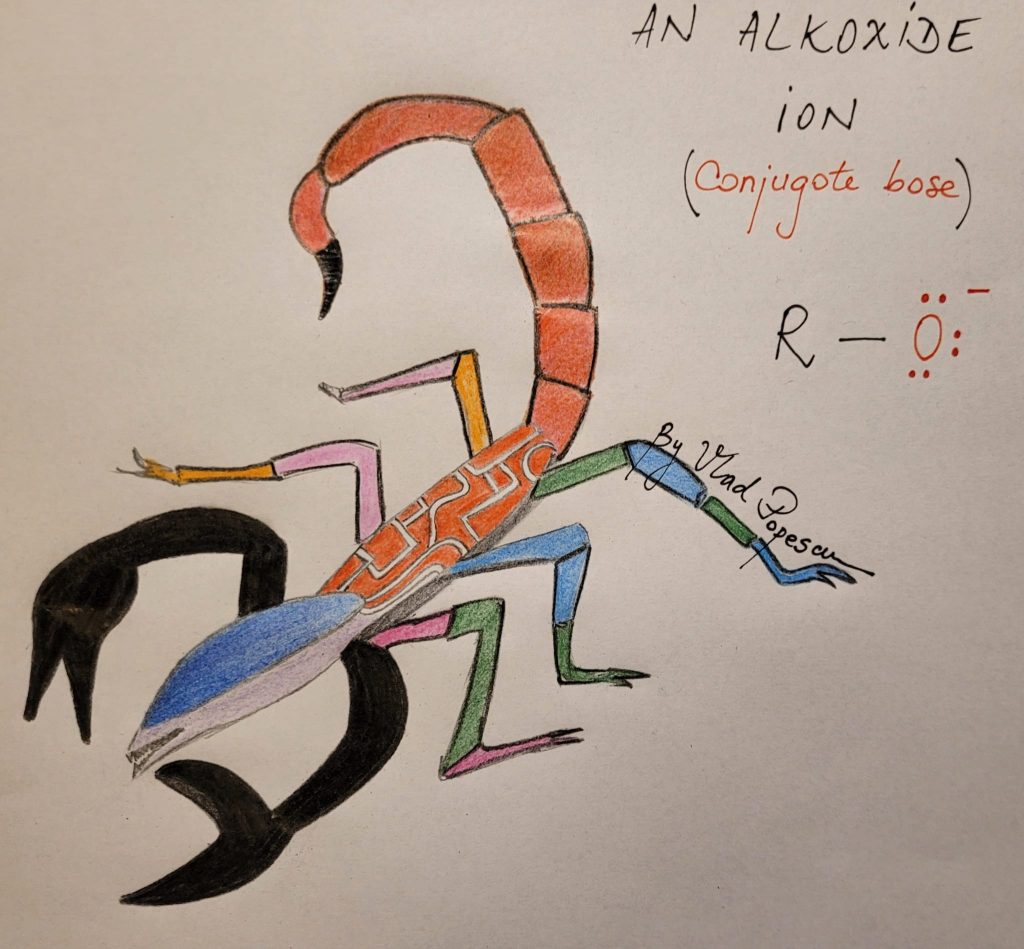
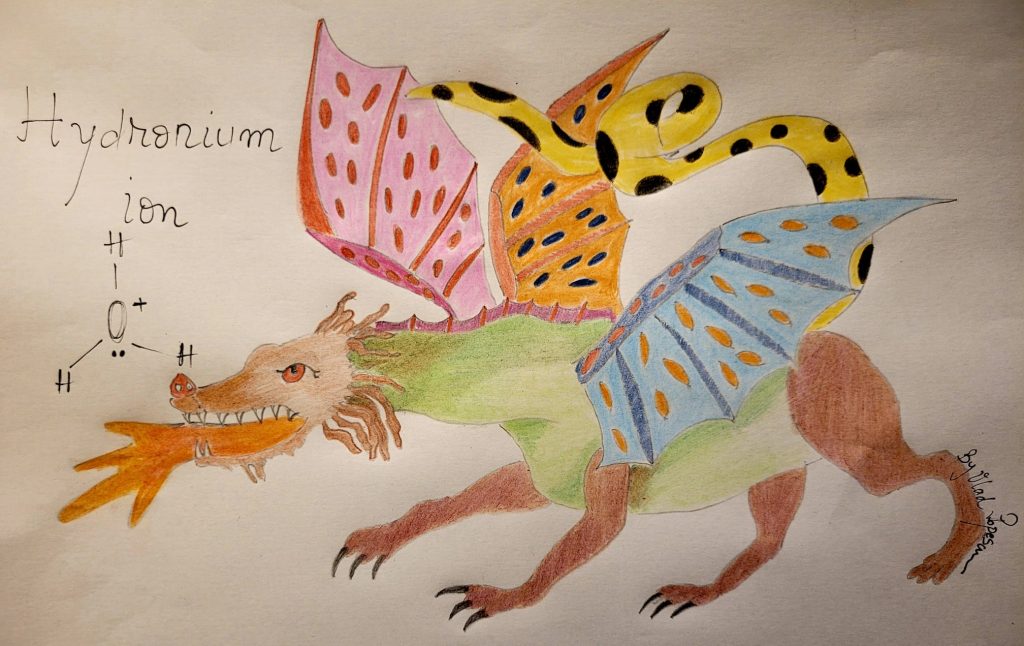
4. Pre-lab discussions
Before each lab, you must go through some pre-lab questions that will solidify the knowledge foundation that is necessary to perform the experiment and elaborate on the corresponding lab report. The process of understanding how to solve these problems and interpret the results took the form of a 30-minute discussion with our laboratory assistants who were in charge of supervising us.
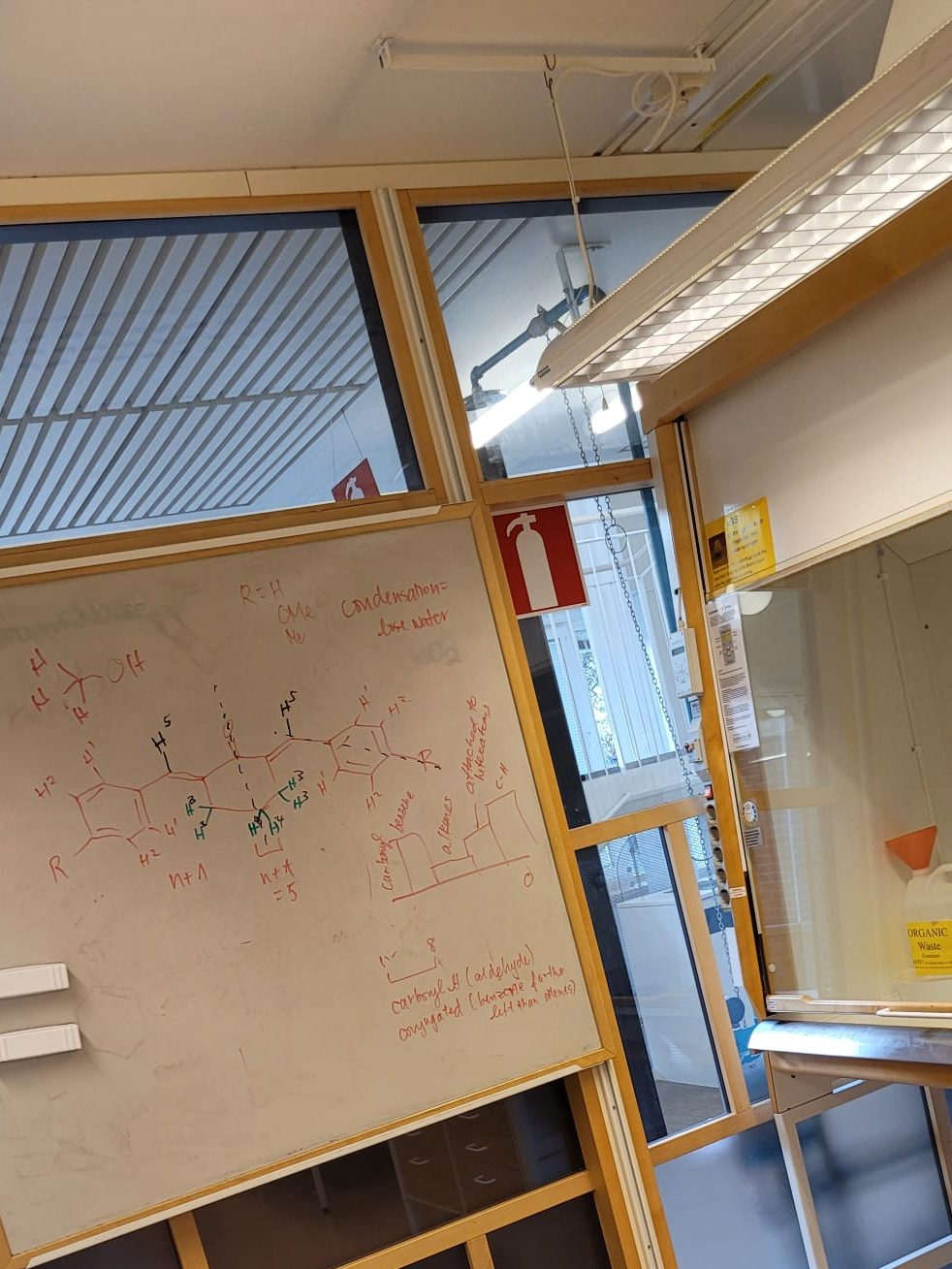
5. Feedback and student wellbeing
The course director was extremely attentive to our needs and was constantly concerned about our mental health. He regularly checked if there were any kind of issues and tried as much as possible to come up with the most effective solution. Moreover, we were always asked to give our feedback, taking into account that this course, like all the others at KI, is continuously improved based on the evaluation received from the students and it really feels great to know that your opinion counts and that you are being heard.
B. What did I enjoy the least about GOC?
Well, sometimes this course can be a lot when we think about the sustained effort that we do need to invest in such a short time. Apart from lab practicals lasting 7 hours a day, you will bump into countless lab reports, pre-lab questions, tests, mandatory quizzes, lectures, and seminars.
However, if you are committed to this course, not only will you understand the structure, reactivity, and synthesis of organic compounds, but you will also acquire an arsenal of techniques and skills that will undoubtedly constitute the linchpin of your future career as a biomedical researcher.
If you have any questions for me or ideas for new blogs, please feel free to contact me!

Vlad – Biomedicine (BSc)
I'm Vlad, your Romanian blogger who comes from the very homeland of Dracula, Transylvania. While completing my first degree in International Business, I based my undergraduate thesis on the inconsistency of biological analogies in Economics. I began to study the genomes of ants and thus gravitate towards Biomedicine and KI. I chose Karolinska because of its academic and research excellence and because one day I wish to be able to make a difference in the field of Cancer Genetics. Visiting the remarkable collection of preserved medieval manuscripts from the Kungliga Biblioteket is on my bucket list.

0 comments